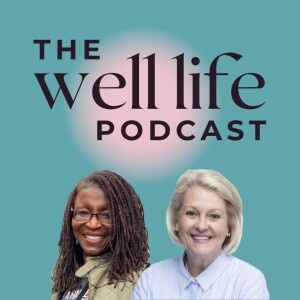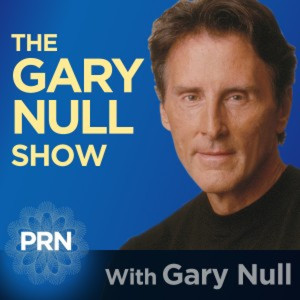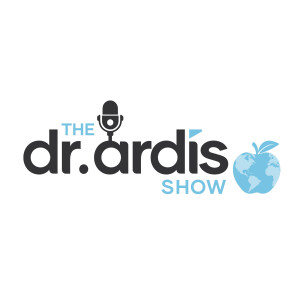

- Cardiovascular endurance
- Muscular strength
- Sarcopenia literally means “lack of flesh.” It’s a condition of age-associated muscle degeneration
- Muscular endurance
- Flexibility
- Body composition
The Physical Activity Guidelines for Americans provides evidence-based guidance to help Americans maintain or improve their health through physical activity.
Physical activity is anything that gets your body moving. Each week adults need 150 minutes of moderate-intensity physical activity and 2 days of muscle strengthening activity, according to the current.
Move More and Sit LessAdults should move more and sit less throughout the day. Some physical activity is better than none. Adults who sit less and do any amount of moderate-to-vigorous intensity physical activity gain some health benefits.
Recommended Levels For Health BenefitsAdults should follow the exercises as specified in the following options. Check out this print-friendly age chart for a quick snapshot of the recommended amount of weekly activity for adults.
Example 1
Moderate-intensity aerobic activity
(such as brisk walking) for 150 minutes every week (for example, 30 minutes a day, 5 days a week)
AND
Muscle-strengthening activities
on 2 or more days a week that work all major muscle groups (legs, hips, back, abdomen, chest, shoulders, and arms).
Example 2
Vigorous-intensity aerobic activity
(such as jogging or running) for 75 minutes (1 hour and 15 minutes) every week
AND
Muscle-strengthening activities
on 2 or more days a week that work all major muscle groups (legs, hips, back, abdomen, chest, shoulders, and arms).
Example 3
An equivalent mix of moderate- and vigorous-intensity aerobic activity
on 2 or more days a week
AND
Muscle-strengthening activities
on 2 or more days a week that work all major muscle groups (legs, hips, back, abdomen, chest, shoulders, and arms).
For Even Greater Health BenefitsIf you go beyond 150 minutes a week of moderate-intensity activity, or 75 minutes a week of vigorous-intensity activity or an equivalent combination, you’ll gain even more health benefits.
CV:
Because heart disease accounts for roughly 630,000 deaths in the United States each year, starting a workout program that enhances cardiovascular fitness is particularly important.4 Running, walking, cycling, swimming, dancing, circuit training, and boxing are a few workouts that can benefit heart health.
The ACSM's & CDC physical activity guidelines call for at least 150 minutes of moderate-intensity exercise, or 75 minutes of vigorous exercise, each week.
To improve muscle strength: Use heavier weights with fewer reps, taking your muscles to fatigue with each set.
To improve muscle endurance: Use lighter weights and higher rep counts to increase endurance over time.
It's possible to improve muscular strength and endurance at the same time. You can do this in conjunction with cardiovascular training. For instance, circuit-training routines that combine strength exercises and cardio into a single training bout can make your exercise program more efficient.
Flexibility refers to the range of motion around a given joint without pain.10
UC Davis Health. Flexibility.
Like muscular strength and endurance, flexibility is joint-specific. For instance, you may have very flexible shoulders but tight and inflexible hamstrings or hips.
Flexibility is essential at any age. It plays a role in unhindered movement and can affect your balance, coordination, and agility. Maintaining a full range of motion through your major joints can reduce the likelihood of injury and enhance athletic performance.11
As you get older, the importance of flexibility becomes even more apparent. While completely stopping the aging process isn't possible, protecting your joints and maintaining mobility can help keep you spry well into your later years.12
The ACSM's physical activity guidelines call for adults to engage in flexibility exercises at least two or three days each week.
How to Increase FlexibilityThere are simple ways you can work flexibility exercises into your day:
- Static stretching, where you hold a stretch for 10 to 30 seconds at a time
- Workouts that take you through dynamic stretching exercises, such as barre, yoga, tai chi, or Pilates
- Active stretching, such as lifting your leg and holding it there, uses the contraction of the opposing muscle to relax the muscle being stretched.
- Passive stretching also called relaxed stretching, is where you assume a stretch position and hold it with the assistance of another part of your body, a partner, or an apparatus, like a strap.
- Isometric stretching, a type of static stretching, uses resistance to alternate between relaxing and contracting the muscle.
We've researched and reviewed the best online tai chi classes. If you're looking for an online class, explore which option may be best for you.
Body CompositionBody composition, or your body's fat mass ratio to fat-free mass, is the final component of health-related physical fitness. Because fat mass can be associated with adverse health outcomes, such as heart disease and type 2 diabetes, attaining and maintaining the right body composition for your unique situation is the goal of most exercise routines.13 A healthcare provider can advise you on what is right for you and your situation.
Measuring Body CompositionTo see improvements in body composition, you need to know your starting point. Weighing yourself on a scale is not recommended, as weight alone doesn't tell you the makeup of your internal tissues.13 Some methods of measuring body composition are more accessible than others.
- Bioelectrical impedance analysis (BIA): Some gyms offer this type of testing, or you can purchase a scale for gone use that uses bioelectrical impedance analysis to estimate body fat percentage.
- Hydrostatic underwater weighing: Hydrostatic testing involves being weighed on dry land followed on an underwater scale. You can find these testing facilities in research labs and some fitness centers.
- DEXA (dual-energy X-ray absorptiometry) scans: These are typically used for measuring bone mineral density but can also accurately measure body composition. DEXA scans are usually performed at radiology centers and may or may not be covered by insurance.
- Body fat percentage calculator: These tools are not as accurate as a DEXA scan or hydrostatic testing but are readily available and easy to use. The results typically fall within three to four percentage points of your actual body fat percentage, so you can use these results to monitor changes if you want.
For more information about the hosts, please visit their websites and follow them on social media:
Dr. Glenda Shepard - Doctor of Nursing Practice/Advanced Registered Nurse Practitioner/Certified Nutrition Coach/Certified Personal Trainer/Certified Intrinsic Coach
https://www.triumphantwomancoaching.com/
FB - https://www.facebook.com/glenda.shepard1
Robin McCoy - Certified McIntyre Seal Team Six Coach and John Maxwell Team Trainer/Speaker/Coach
https://www.thewellnessfactor.coach/
IG - https://www.instagram.com/RobinRMcCoy
FB - https://www.facebook.com/robin.mccoy1
Produced by KB Podcasts
Music from https://app.soundstripe.com/
More Episodes
All Episodes>>You may also like
Create Your Podcast In Minutes
- Full-featured podcast site
- Unlimited storage and bandwidth
- Comprehensive podcast stats
- Distribute to Apple Podcasts, Spotify, and more
- Make money with your podcast












